Contact Us
 +8618700875368
+8618700875368
No.6 Zhangba First Street, High-Tech Area, Xi'an City, Shaanxi Province, P.R. China 710065
How to properly operate and maintain a humidity chamber?
2024-03-12 14:01:20
How to Properly Operate and Maintain a Humidity Chamber?
As a professional in the field of environmental testing, I understand the importance of properly operating and maintaining humidity chambers.These chambers assume a critical part in different ventures, including drugs, gadgets, and autos, where exact control of dampness levels is fundamental for item quality and dependability.
In this comprehensive guide, I will delve into the daily operating steps for a humidity chamber, strategies to maintain its accuracy and stability, and guidelines for proper storage when not in use for an extended period.
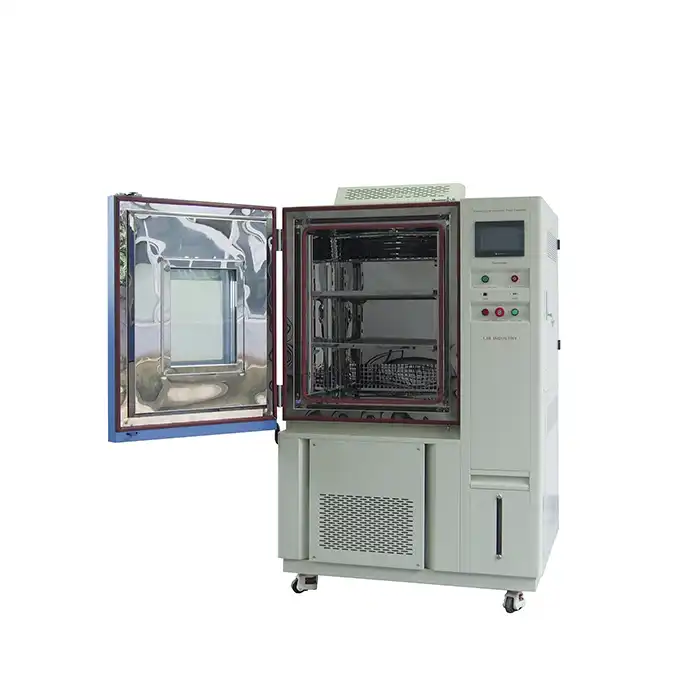 | 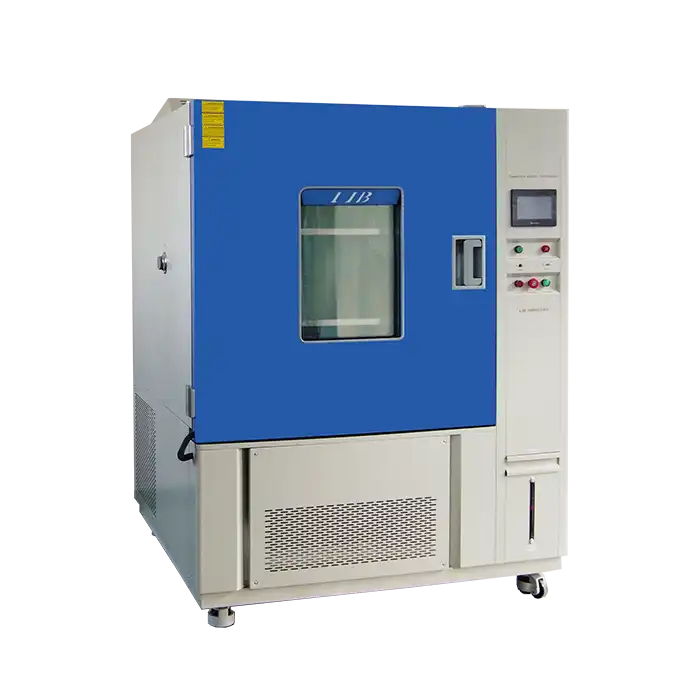 |
Daily Operating Steps for a Humidity Chamber:
Operating a humidity chamber requires attention to detail and adherence to specific procedures to ensure reliable results. Here are the essential daily operating steps:
a. Preparing the Chamber:Prior to beginning any tests, guarantee that the chamber is perfect and liberated from any impurities. Actually take a look at the inside surfaces for any buildup or trash and clean them if vital. Moreover, assess the seals and gaskets to guarantee they are flawless and working accurately.
b. Setting Parameters:Carefully set the desired humidity and temperature parameters based on the requirements of your test. Most modern humidity chambers come equipped with user-friendly interfaces that allow you to input these parameters easily. Double-check the settings to ensure accuracy.
c. Loading Samples: Once the chamber is set up, load the samples to be tested. Ensure that they are placed evenly throughout the chamber to ensure uniform exposure to humidity and temperature.
d. Monitoring: Throughout the testing process, regularly monitor the humidity chamber to ensure that it is operating within the specified parameters. Pay close attention to any fluctuations and take corrective action if necessary.
e. Recording Data: Keep detailed records of the test parameters, including humidity and temperature levels, as well as any observations or anomalies observed during the test. This data will be invaluable for analysis and troubleshooting.
Maintaining the Accuracy and Stability of the Humidity Chamber:
To ensure reliable and consistent performance, it is essential to maintain the accuracy and stability of the humidity chamber. Here are some strategies to achieve this:
a. Regular Calibration:Calibrate the humidity chamber regularly according to the manufacturer's guidelines. Calibration ensures that the chamber is operating within the specified tolerances and provides accurate results.
b. Routine Maintenance:Implement a routine maintenance schedule to inspect and clean the chamber's components regularly. This includes cleaning filters, checking for leaks, and lubricating moving parts as needed.
c. Quality Control Checks:Conduct regular quality control checks to verify the accuracy and stability of the humidity chamber. This can involve running validation tests using known standards to ensure consistent performance.
d. Training Personnel:Ensure that personnel responsible for operating the humidity chamber are properly trained in its use and maintenance. Knowledgeable operators are better equipped to identify and address any issues that may arise.
Properly Storing the Humidity Test Box When Not in Use for a Long Time:
When the humidity chamber is not in use for an extended period, proper storage is essential to prevent damage and maintain its integrity. Here are some guidelines for proper storage:
a. Clean and Dry:Before storing the humidity chamber, thoroughly clean and dry the interior to remove any moisture or residue. This helps prevent mold growth and corrosion during storage.
b. Remove Samples:Remove any samples or test materials from the chamber before storing it. Leaving samples inside the chamber can lead to contamination and degradation over time.
c. Protect from Environmental Factors:Store the humidity chamber in a clean, dry environment away from direct sunlight, moisture, and extreme temperatures. Consider covering it with a protective tarp or using a dedicated storage case to prevent dust accumulation.
d. Follow Manufacturer Guidelines:Refer to the manufacturer's guidelines for specific recommendations on storing the humidity chamber. These guidelines may include instructions for disconnecting power sources, draining water tanks, or applying protective coatings.
By following these guidelines for proper storage, you can prolong the lifespan of your humidity chamber and ensure its readiness for future use.
In conclusion, humidity chambers are invaluable tools for conducting precise environmental testing across various industries. By following the daily operating steps, maintaining accuracy and stability, and properly storing the chamber when not in use, you can maximize its performance and reliability.
For more information on humidity chambers and other environmental testing solutions, feel free to contact us at info@libtestchamber.com.
References:
ASTM International. (n.d.). ASTM E145-97(2017): Standard Specification for Gravity-Convection and Forced-Ventilation Ovens. Retrieved from https://www.astm.org/Standards/E145.htm
International Organization for Standardization. (2017). ISO 16750-4:2017: Road vehicles - Environmental conditions and testing for electrical and electronic equipment - Part 4: Climatic loads. Geneva: ISO.
Send us a message
Please Leave your Message Here! We Will Send Detail Techincal Brochure and Quotation to you!

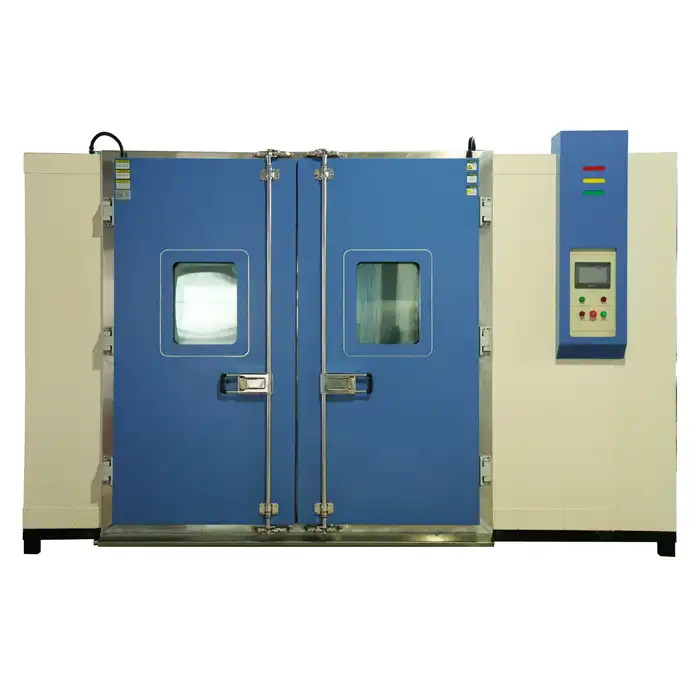
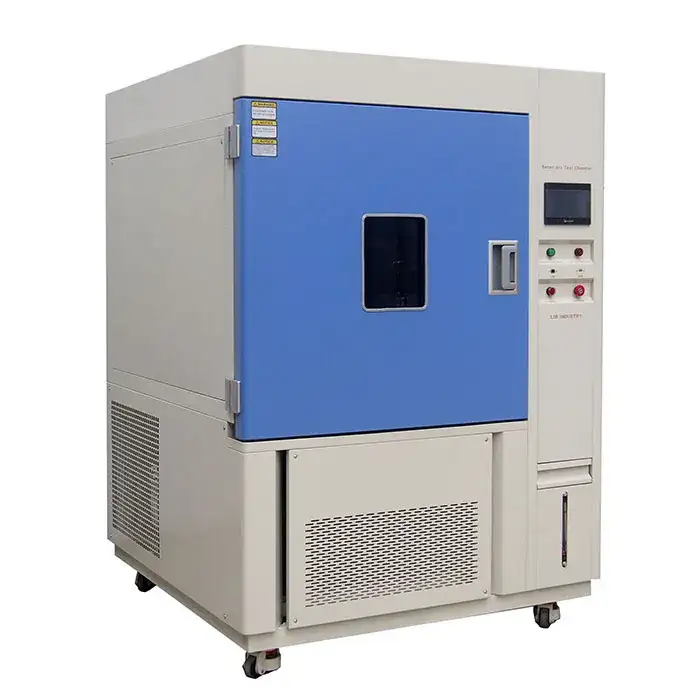
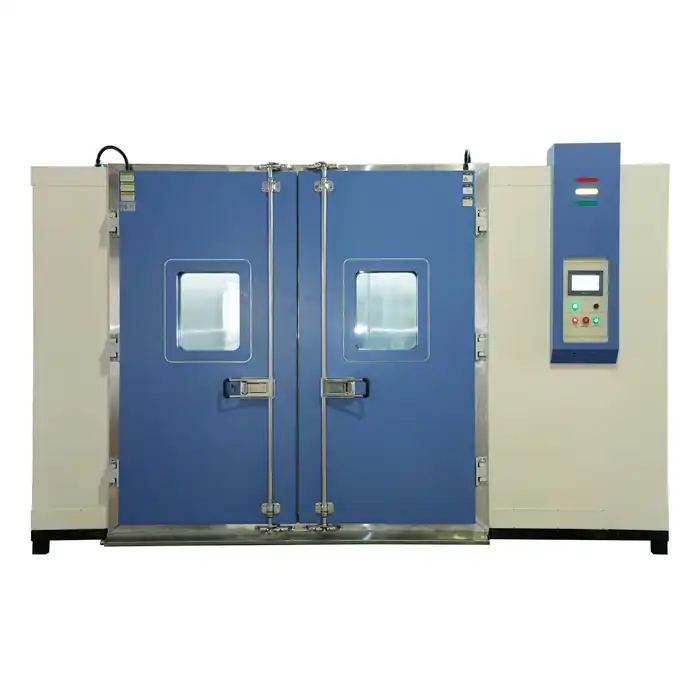
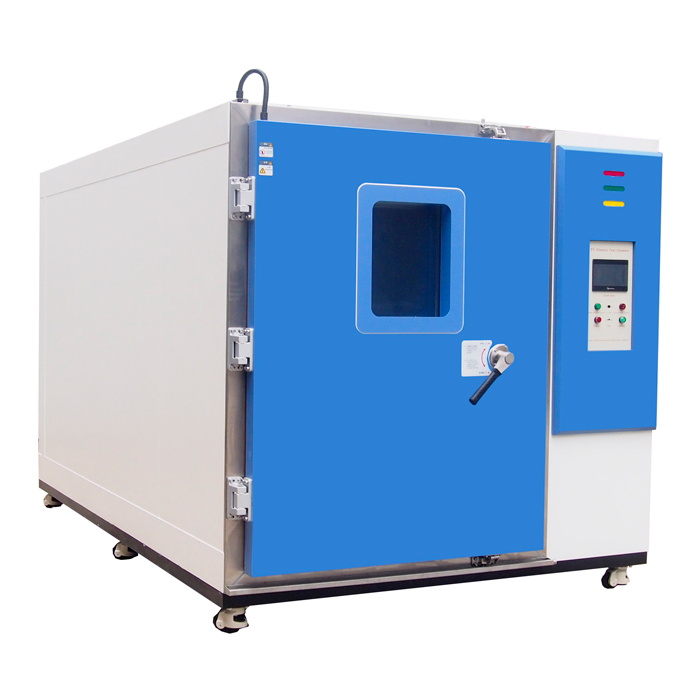
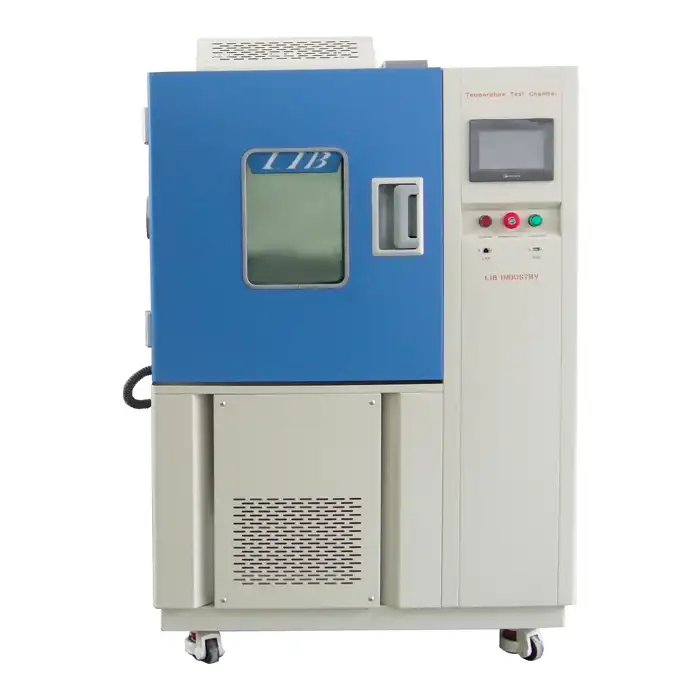
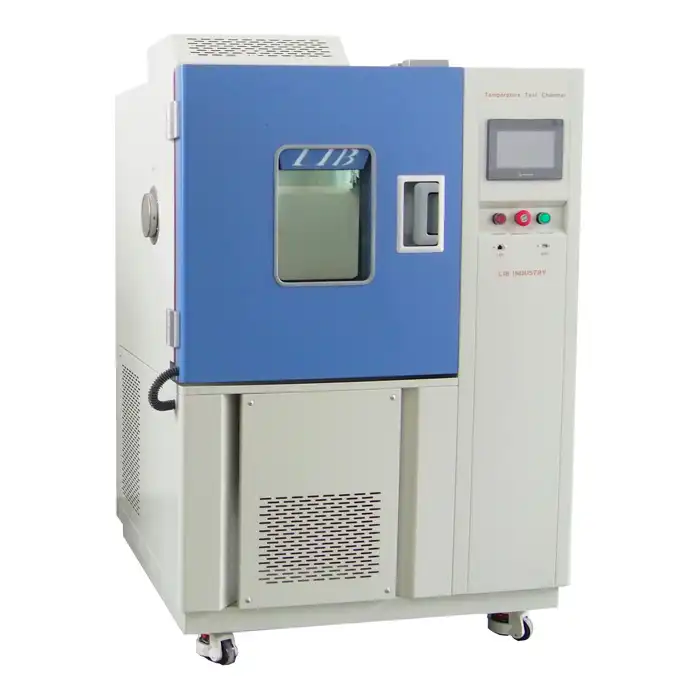
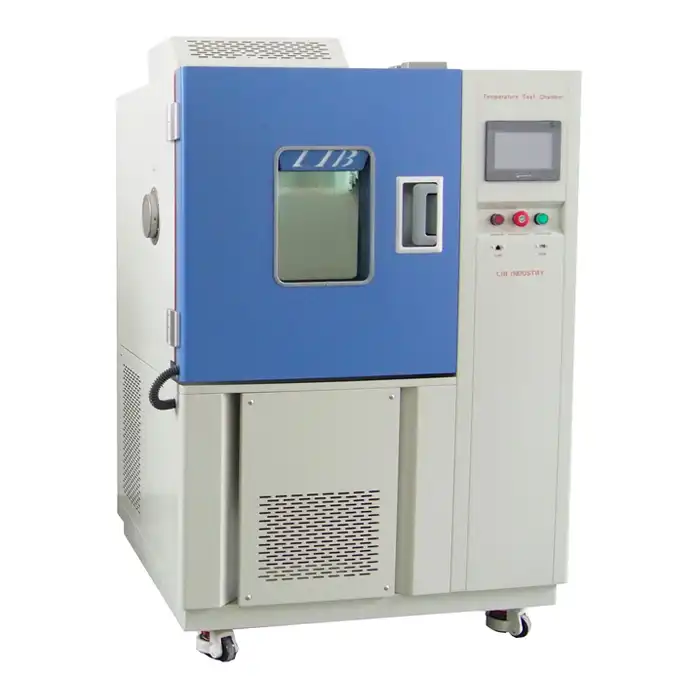
.webp)